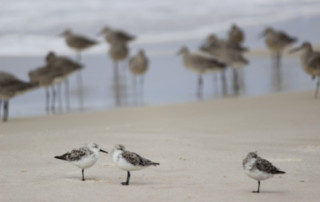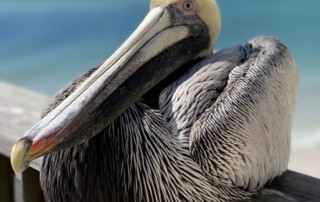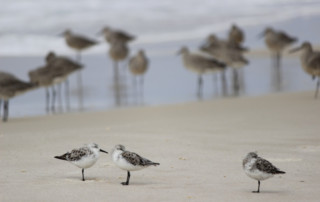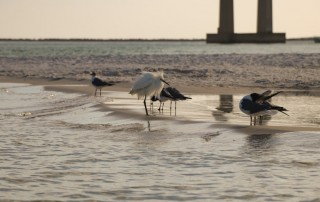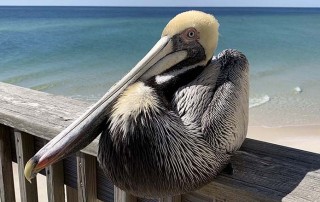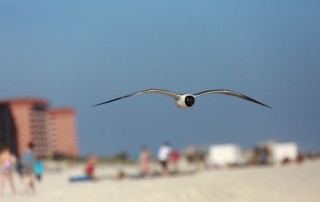Birding in Winter
Most connect birdwatching with spring and fall because of migration. While those are very popular seasons to birdwatch, rest assured you will spot some feathered friends that make Alabama their home during the winter. Along with the common shore bird, you are likely to spot these in these cooler months: bufflehead common loon horned grebe Virginia rail sora marsh wren common yellowthroat boat-tailed grackle When figuring out where to go for the best opportunities at birdwatching, the Alabama Birding Trail [...]

